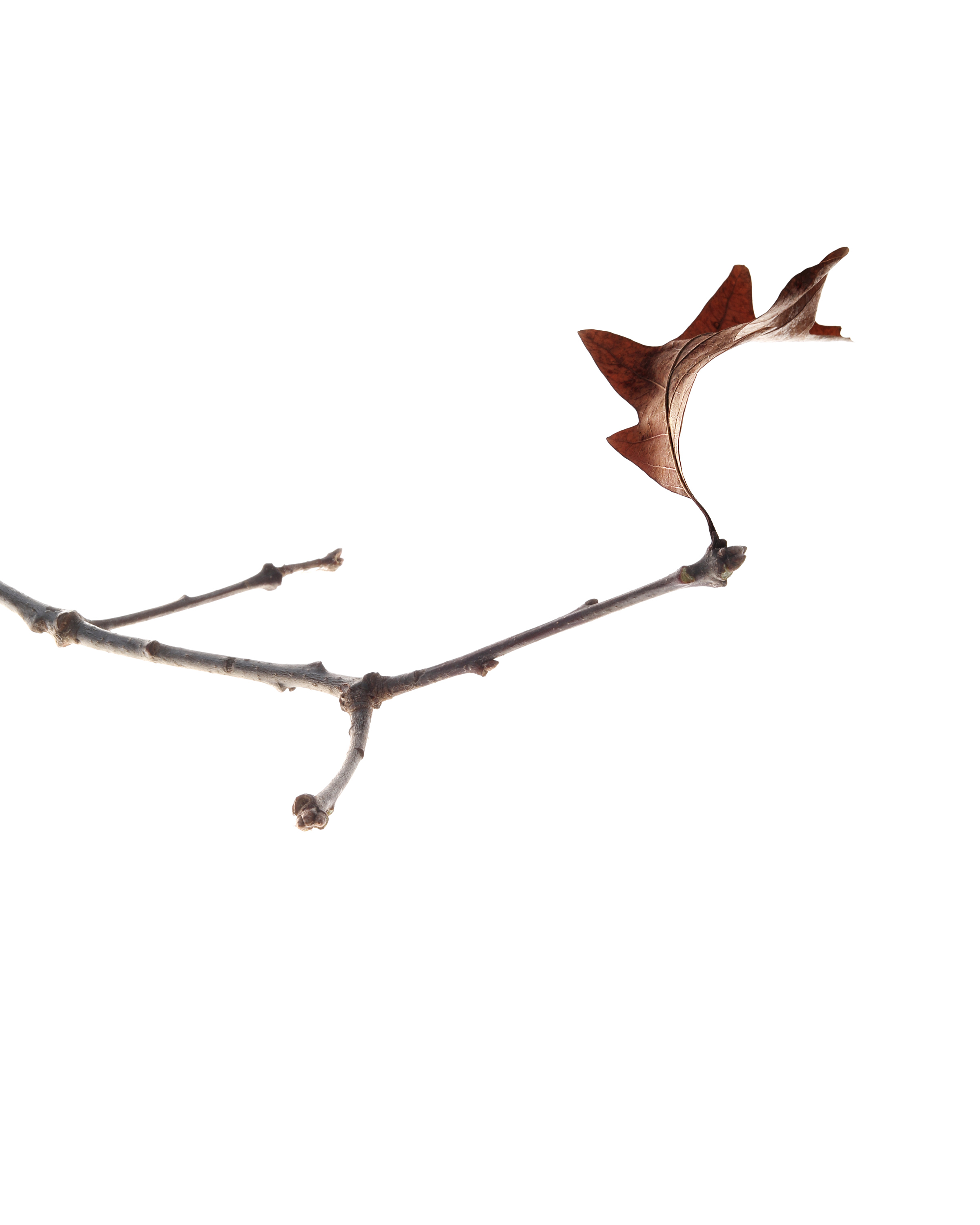
winged victory
this winter oak leaf looks perched and ready to take flight. as if it is just waiting for a blast of north wind strong enough to snap its petiole node that is the only thing tethering it to the branch. but it is not. oaks are marcescence trees, which means they don’t necessarily drop their leaves like other deciduous trees. for my nerdier readers, i put a little explanation of this below. for my more visually-dominant readers, you can go back to the image and delight in the winged-victory confidence of this solitary oak leaf.
white oak leaf on winter branch
**Evergreens were the first trees on the planet. Populations of those earliest evergreen trees encountered changing growing conditions as they expanded their ranges and as the long march of time proceeded. As if to hedge their bets against future change, trees began to develop different ways of doing what trees do, including new ways of growing and shedding their leaves. Thus our colorfully famous, broad-leafed hardwood was born.
Today in our woods, we still have several evergreens, like pine, spruce, hemlock, and fir. And we’ve also got the relative newcomers with short-lived leaves – birch, maple, cherry, and aspen, for example. But then we have a third class of tree in beech and oak that seems to represent a middle ground of sorts between evergreen and deciduous. Their leaves die, but many don’t fall when they die. Botanists call this retention of dead plant matter marcescence.
We do not know whether marcescence provides a competitive benefit to beech and oak, but we do know that these two species are closely related; they are in the same family (beech). Marcescence may indeed be helpful to trees living in dry, cold, deer-infested environments. But it may also be simply a sign that beech and oak are evolutionarily delayed, still on their way to becoming fully deciduous from their more evergreen past.



This visually dominant nerd did both. Very interesting…
And I added a new word to my vocab (which I’ll probably forget by next week)!